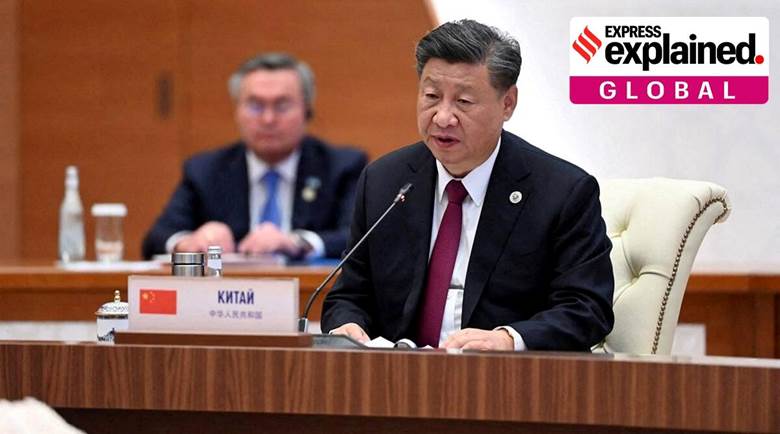Description

Copyright infringement not intended
Context: Chinese President Xi Jinping appealed to Russia, India, and other members of the Shanghai Cooperation Organisation (SCO) to cooperate with each other in order to prevent foreign powers from destabilising their countries by inciting “colour revolutions”.

What are “colour revolutions”?
- Colour revolutions refer to a series of uprisings that first began in former communist nations in Eastern Europe in the early 2000s, but are also used in reference to popular movements in the Middle East and Asia.
- Most have involved large-scale mobilisation on the streets, with demands for free elections or regime change, and calls for removal of authoritarian leaders.
- Protesters often wear a specific colour, such as in Ukraine’s Orange Revolution, but the term has also been used to describe movements named after flowers like the Jasmine Revolution in Tunisia.
- In 2019, Beijing had said the protests in Hong Kong had taken on “colour revolution characteristics”.
- Moscow and Beijing have long criticised colour revolutions for being destabilising influences that have been orchestrated by the United States and its Western allies to overthrow regimes in order to further their own geopolitical interests.
A look at some of the better known “colour revolutions”:
- Orange Revolution:It refers to a series of protests that occurred in Ukraine between November 2004 and January 2005. The movement was in response to reports from international and domestic observers that claimed that the country’s 2004 Presidential election runoff between Viktor Yushchenko, an ally of the West, and then incumbent President Viktor Yanukovych, who was backed by Moscow, was rigged in favour of the latter.
- Tulip Revolution:Also called the First Kyrgyz Revolution, the movement led to the ouster of Kyrgyzstan’s President Askar Akayev in early 2005. These protests were in response to the parliamentary elections in February, in which Akayev’s allies and family members won.
- Jasmine Revolution:The popular uprising that occurred between December 2010 to January 2011 in Tunisia was in response to the underlying corruption, unemployment, inflation and lack of political freedoms in the country. The protests not only led to Ali’s ouster in January 2011, but also inspired a wave of protests in North Africa and the Middle East, which came to be known as the Arab Spring.
https://indianexpress.com/article/explained/explained-global/what-are-colour-revolutions-chinas-xi-jinping-warned-8157165/












